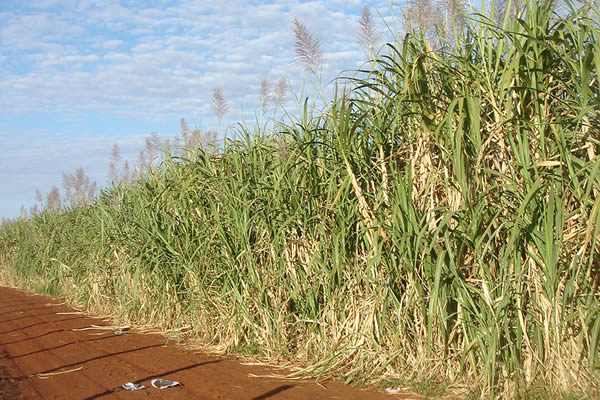The economy of the South American country, which is also the world’s biggest sugar producer and exporter, triggers sugar prices to fluctuate, on a global scale
The disruptions in Brazil’s economy in 2015 led to a significant surge of sugar prices, as already the market demand for sugar surpasses supply. Due to the depreciation of the Brazilian real and the fall of economy by 3.5%, sugar prices experienced a considerable rise, as the productions costs decreased.
Brazil uses sugar to produce bio-fuel ethanol out of corn. Consequently, when global oil prices dropped and sugar prices increased, the country was forced to flood the world market with sugar, which resulted in a 10% drop in final prices of August 2015. The price decrease was more abrupt than in the beginning of the year.
When the national currency began to strengthen again, the sugar price went high again, by a rate of 15% recorded at the beginning of the month.
Meanwhile, weather experts forecast that the most probable situation will be that the El Niño hurricane this year will damage sugar crops in top producing countries, such as Brazil, Thailand and India. Therefore, the prices for the sweet crystals will go even higher. At the same time, the global sugar deficit was estimated to 6.8 million tons for 2016.
Andrew Hecht, analyst for the Carden Capital, explains:
“We’re a huge sugar-based diet place. The cost of goods sold goes up for companies manufacturing [food]. The bottom-line is, one way or another, it costs you money when commodities go up. Your grocery bill rises.”
As sugar demand is rising, due to the food and pharmaceutical industries, as well as modern habits, unless Brazil won’t find a way to produce more sugar, the price for it is expected to rise significantly during the near future.
“If Brazil doesn’t come in with another bumper crop, then sugar could go higher,” analyst Andrew Hecht added.



